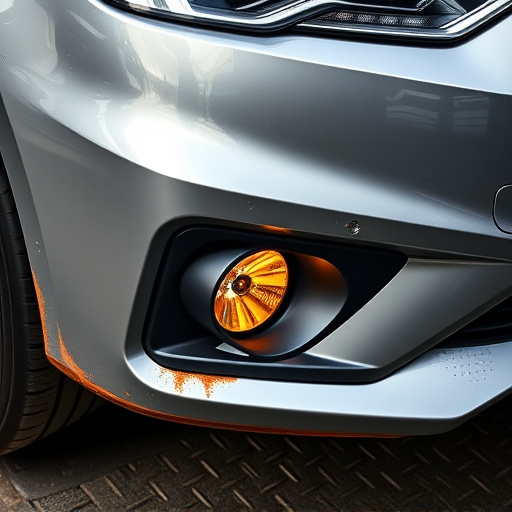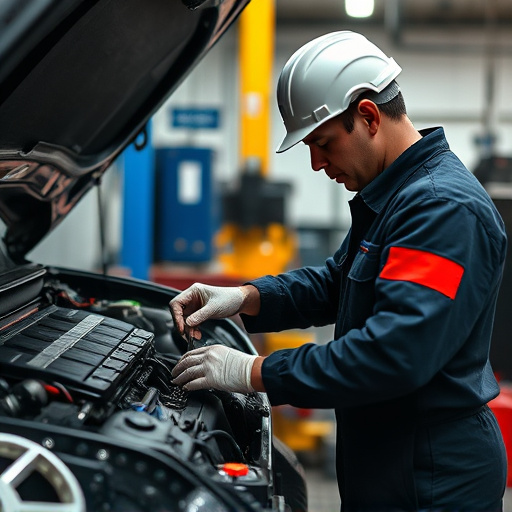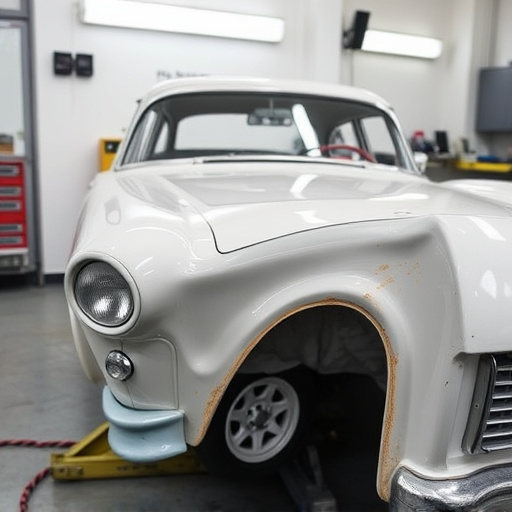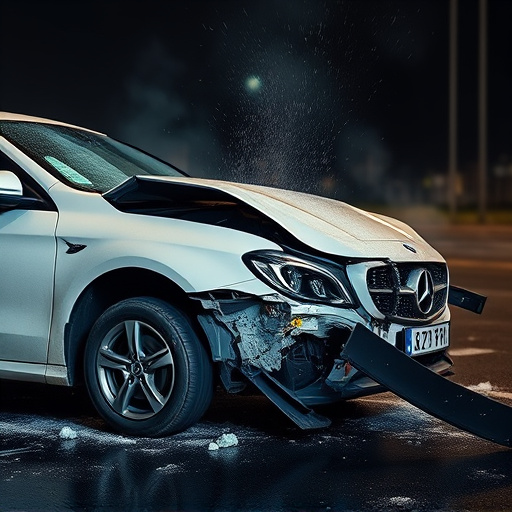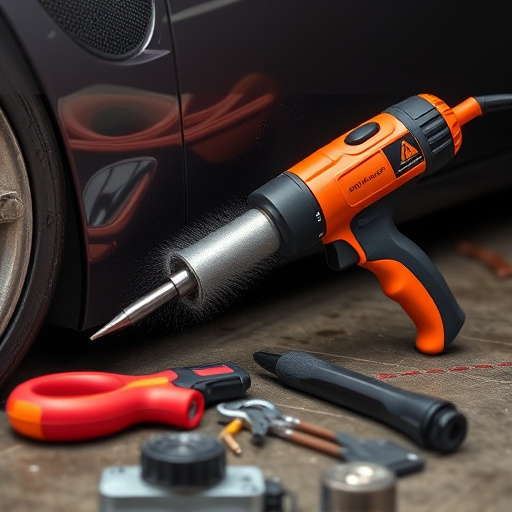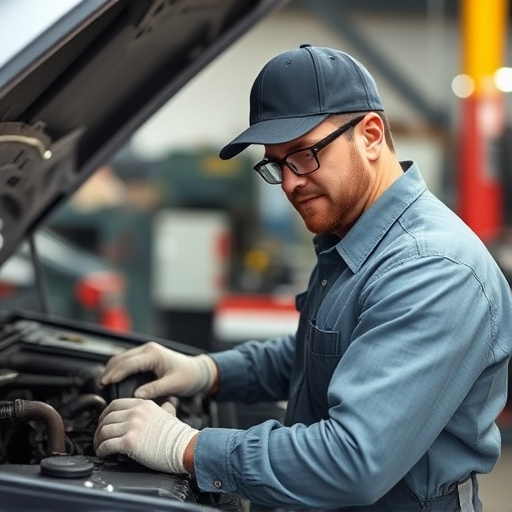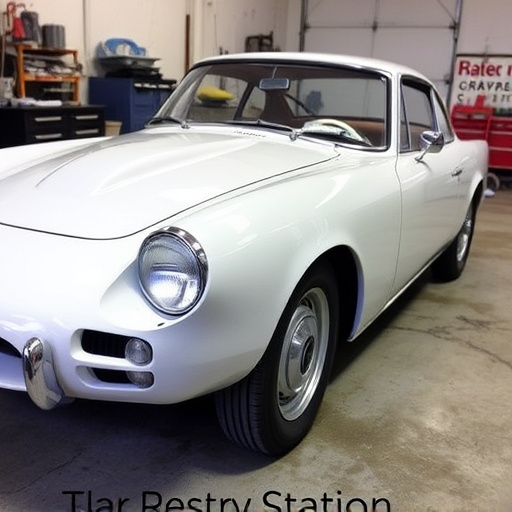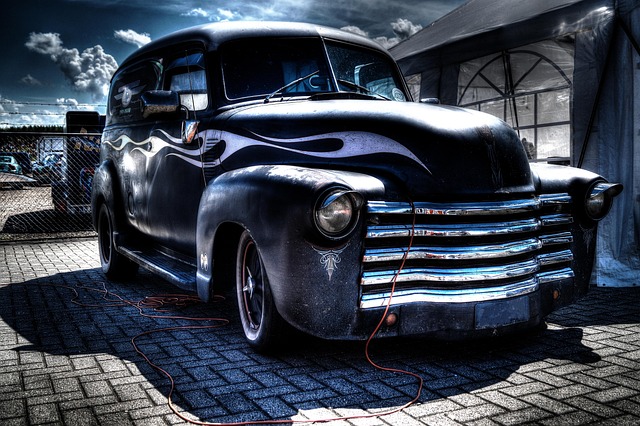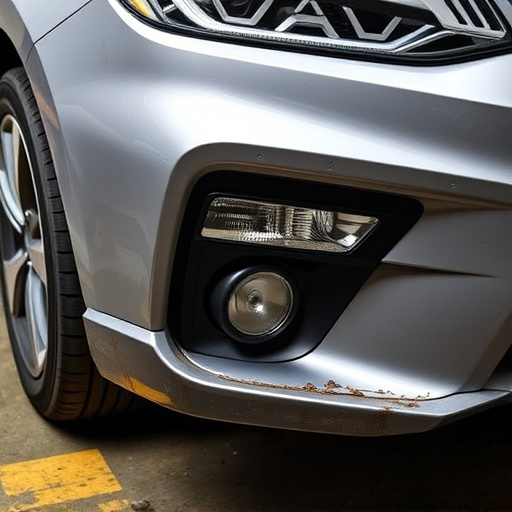Ice damage collision repair is a specialized service addressing unique challenges from freezing temperatures, including paint cracks, dents, and warped body panels. It requires advanced techniques like heat gun thawing, precision measuring, and specialized restoration methods to accurately assess and mitigate damage. The goal is to restore structural integrity while ensuring long-lasting solutions that protect against future frost and moisture issues. Technicians undergo extensive training using specialized equipment to navigate frozen conditions and minimize water damage for meticulous bodywork restoration.
Ice damage collision repair is a specialized field within automotive restoration, presenting unique challenges compared to standard procedures. This article delves into the distinct aspects of repairing vehicles affected by ice damage, exploring key differences in techniques and materials. We’ll highlight the importance of specialized training and equipment for efficient restoration, offering insights into navigating this intricate process. Understanding these differences ensures optimal vehicle recovery and highlights the expertise required in ice damage collision repair.
- Understanding Ice Damage: Unique Challenges and Considerations
- The Key Differences in Repair Techniques and Materials
- Specialized Training and Equipment for Efficient Ice Damage Restoration
Understanding Ice Damage: Unique Challenges and Considerations
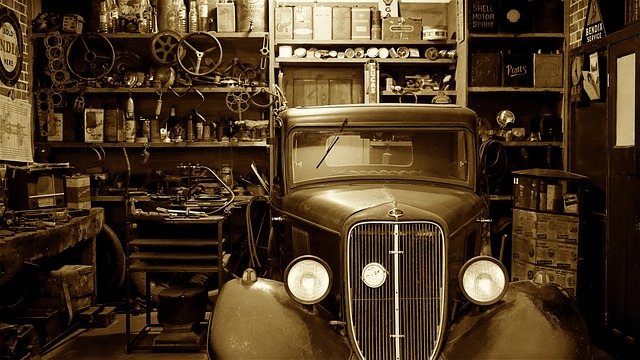
Ice damage presents unique challenges that differ significantly from standard collision repair procedures. When ice builds up on vehicles during freezing temperatures, it can cause significant structural and cosmetic damage. This is due to the expansion and contraction of water as it freezes and thaws, leading to cracks in paint, dents, and even warped body panels. Unlike typical collisions where damage is often linear or direct, ice damage has a more subtle yet complex nature, making it harder to assess and repair accurately.
Understanding these unique challenges requires specialized knowledge and equipment. Auto body shops specializing in ice damage collision repair must employ advanced techniques such as heat gun thawing, precision measuring tools, and specialized auto body restoration methods to mitigate and reverse the effects of ice buildup. The goal is not just to fix the visible damage but also to ensure that underlying structures are restored to their original integrity, preventing future issues caused by ice-related stress.
The Key Differences in Repair Techniques and Materials

When it comes to repairing a vehicle damaged by ice, specialized techniques and materials are required, setting ice damage collision repair apart from standard automotive repair processes. Standard bumper repair often involves straightforward replacement or painting, but ice damage can be more intricate due to potential structural compromise caused by freezing and thawing cycles. Ice can lead to unique challenges like corrosion, warped panels, and weakened joints, demanding a more complex approach than conventional bumper repair.
Materials used in vehicle restoration for standard repairs may not be suitable for ice-damaged vehicles. Regular body panels might not withstand the extreme conditions as effectively, necessitating specialized parts designed to resist frost and moisture. The focus shifts from quick fixes to long-lasting solutions that can endure the harsh environmental factors associated with ice damage. This involves advanced sealing techniques, corrosion protection treatments, and high-quality materials to ensure the vehicle’s structural integrity and aesthetic appeal post-repair.
Specialized Training and Equipment for Efficient Ice Damage Restoration

The field of ice damage collision repair demands specialized skills and tools to ensure effective restoration. Technicians undergo extensive training to handle the unique challenges posed by frozen conditions, including the delicate process of thawing and drying vehicles without causing further harm. This involves learning advanced techniques for safe ice removal, understanding moisture management, and utilizing state-of-the-art equipment designed for efficient car damage repair.
Specialized tools such as heat guns with precise temperature control, dehumidifiers, and specialized drying agents are crucial in the vehicle restoration process. These tools help to thaw frozen surfaces while minimizing water damage, a critical aspect of ice damage collision repair. The right equipment allows technicians to restore cars to their pre-incident condition, ensuring that every detail of the car bodywork is meticulously addressed during the repair process.
Ice damage collision repair presents unique challenges that set it apart from standard car repair procedures. Understanding the specific considerations and specialized techniques involved in addressing ice-related damage is crucial for efficient restoration. By employing tailored repair methods, using appropriate materials, and investing in specialized training and equipment, professionals ensure optimal vehicle condition post-ice event. This specialized approach to ice damage collision repair underscores the importance of experienced technicians and advanced restorative practices in today’s automotive industry.
